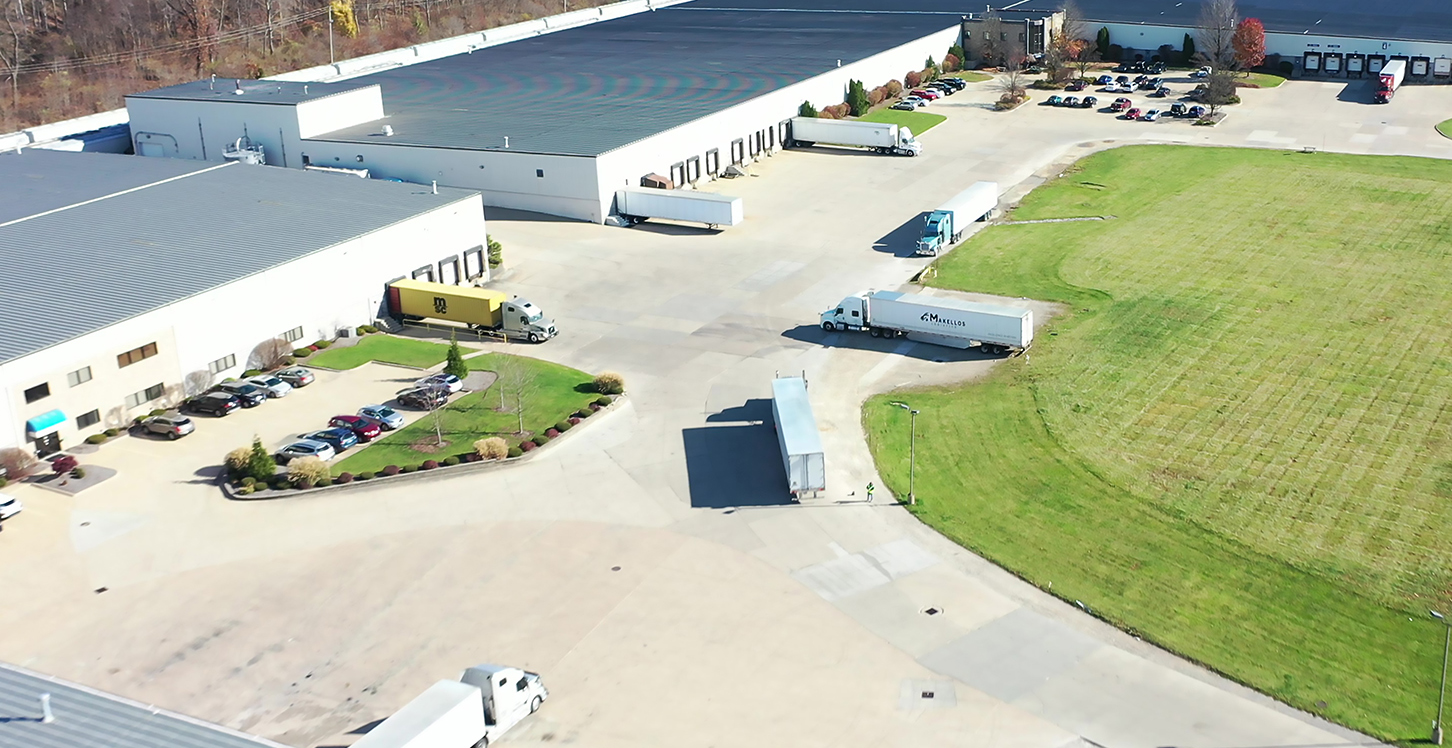
The third-party logistics (3PL) industry is an integral part of the supply chain. 3PL’s manage the movement of product across the supply chain and may include aspects of procurement, material handling, warehousing, distribution, and returns processing. In less than 50 years, the industry has cemented itself as a valuable partner to manufacturers, distributors, retailers, and wholesalers.
It wasn’t until the 1970’s that some companies began outsourcing warehousing and distribution to external partners. The Motor Carrier Act of 1980 led to an influx of independent trucking companies as the industry was deregulated. In the 1990’s the term “third-party logistics” was popularized to describe those external partners directing the movement of their clients’ products.
Today, there are nearly 70,000 3PL’s in operation in the U.S.1 , employing over 750,000 people2. The industry has experienced steady growth over much of the past decade and is expected to continue to grow over the next 10 years.3
Companies from many different industries partner with 3PL’s to move material. About 92% of all U.S. retail companies use 3PL’s; 90% of companies in the transportation sector; 86% of manufacturers; 83% of wholesalers; nearly ¾ of all ecommerce companies; and 54% of service-oriented companies4. Nine out of ten Fortune 500 companies use 3PL’s to enhance their supply chain operations.5
3 Types of 3PL's
While it may seem that 3PL’s mainly perform the same services, there are different types of 3PL’s. Below are three categories into which 3PL’s typically fall, although there may be overlap for some companies.6
- Value-Added Warehousing & Distribution (VAWD) 3PL’s – Those that provide warehousing, distribution, and value-added services and/or operate distribution centers (DC’s)
- Transportation Management 3PL’s – Typically non-asset based 3PL’s that provide freight brokerage and/or freight forwarding services
- Dedicated Contract Carriage (DCC) 3PL’s – Those with their own trucks to transport product directly
Of these, Transportation Management 3PL’s occupy the largest market segment, followed by Warehousing & Distribution, and then Dedicated Contract Carriage.7
3 Benefits of 3PL's
How do 3PL’s best help their clients? Here are 3 benefits that 3PL’s provide:
- Expertise
The more established a 3PL, the more expertise it will have to help its clients. Using their years of experience, as well as the extensive networks they have built with carriers, warehouses, and other logistics companies, 3PL’s can provide their clients with a deep understanding of supply chains, shipping policies, proper material handling procedures, and other knowledge to help clients’ shipments arrive to final destination in the shortest, safest, and most cost-effective, efficient manners.
- Cost Savings
Working with a 3PL can help companies reduce costs. 3PL’s emphasis on efficient operations eliminate redundancies and extraneous expenses. With shared warehousing services, 3PL’s can leverage economies of scale to offset the high expenses associated with running a warehouse. Consolidating shipments into full truckloads (FTL’s) are another way 3PL’s achieve savings. The lower costs that 3PL’s are able to realize are passed onto their clients.
- Flexibility
Due to the nature of logistics and the supply chain, 3PL’s need to be flexible in order to survive and thrive. A 3PL’s flexibility can help clients in several ways. Flexibility allows 3PL’s to accommodate their clients’ seasonal fluctuations. It also allows 3PL’s to scale as their clients grow. Flexibility can additionally enable 3PL’s to add services to meet the needs of their clients when they pivot, expand, or acquire new divisions.
1“Third-Party Logistics in the US - Number of Businesses,” IbisWorld, last updated November 30, 2024, https://www.ibisworld.com/industry-statistics/number-of-businesses/third-party-logistics-united-states.
2Carllaen Joshua Gonzales, “34+ 3PL Industry Statistics You Need to Know in 2025,” WarehouseWiz, january 3, 2024. https://warehousewiz.com/blogs/news/3pl-industry-statistics.
3Mohammad Yaqub, “9+ Key Key 3PL statistics & numbers,”Contimod, last updated October 22, 2024, https://www.contimod.com/3pl-statistics.
4Mohammad Yaqub, “9+ Key Key 3PL statistics & numbers.”
5Armstrong & Associates, Trends in 3PL/Customer Relationships – 2017, https://www.3plogistics.com/product/trends-3plcustomer-relationships-2017.
6Armstrong & Associates, “U.S. 3PL Market Size Estimates,” updated May 8, 2024, https://www.3plogistics.com/3pl-market-info-resources/3pl-market-information/us-3pl-market-size-estimates/.
7Martin Placek, “Size of the 3PL market in the United States in 2019 and 2026, by solution,” Statista, Sep 30, 2022, https://www.statista.com/statistics/1154350/us-3pl-market-size-solution.
